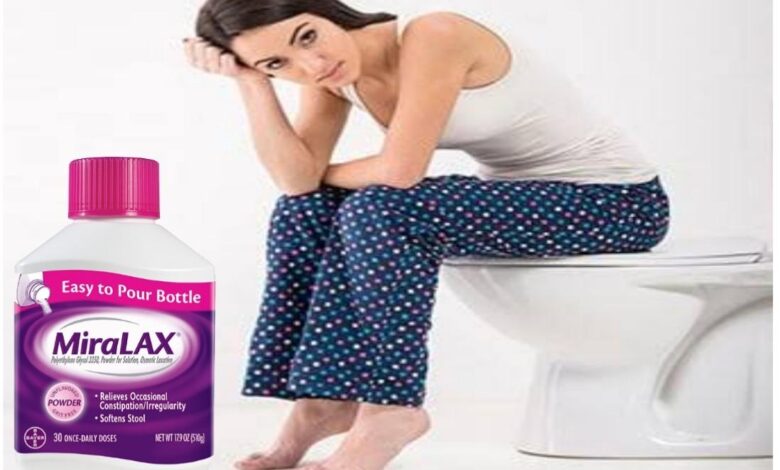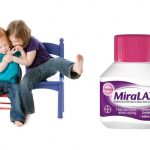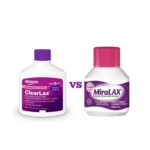10 MiraLAX Alternatives You Should Try

MiraLAX is a brand of polyethylene glycol 3350, a laxative used to treat occasional constipation and irritable bowel syndrome (IBS). MiraLax is manufactured by Bayer, and was approved by the U.S. Food & Drug Administration (FDA) in February 1999.
Basically, osmotic agents, such as polyethylene glycol found in MiraLAX, work naturally with the water in the colon to unblock a person’s system. Soluble, non-absorbable PEG 3350 hydrates, softens and eases stools by gently attracting water in the colon through a process known as osmosis. The water increases stool volume and stretches the wall of the bowel, triggering the defecation reflex so the digestive system can be unblocked naturally.
You should not use this medicine if you have a bowel obstruction or intestinal blockage. If you have any of these conditions, you could have dangerous or life-threatening side effects from MiraLAX.
MiraLAX Alternatives
Following reports of some unusual side effects, many people are looking for alternatives to MiraLAX. Beyond the strange neuropsychiatric problems in children, some side effects make MiraLAX unsuitable for some people. In one study, about 11 percent of those taking MiraLAX for chronic constipation had diarrhea as a side effect. In seniors, about 13 percent had diarrhea. Some people have also complained of weight gain while taking MiraLAX. However, it’s not clear if MiraLAX is the cause of weight gain.
The FDA found that MiraLAX may contain small amounts of chemicals such as ethylene glycol that could cause these side effects if ingested in large amounts. However, a study funded by the FDA found that children taking MiraLAX did not have higher levels of these chemicals in their blood compared to children who weren’t taking MiraLAX.
These side effects have not occurred in clinical studies of MiraLAX in children, and it’s not clear if they’re caused by MiraLAX or something else. The FDA is funding additional research to investigate the concerns.
Despite these concerns, the North American Society for Pediatric Gastroenterology, Hepatology and Nutrition continues to consider MiraLAX a first-choice medication for short- and long-term treatment of constipation in children. According to Medical News Today, there are some MiraLAX Alternatives you can try:
- Bulk-forming laxatives. These products work like osmotic laxatives, drawing water into the colon to make the stool softer. But in addition to that, they contain fiber to bulk up the stool, which naturally stimulates movement of the colon to pass the stool. Examples of bulk-forming laxatives include:
- calcium polycarbophil (FiberCon, Fiber-Lax)
- wheat dextrin (Benefiber)
- methylcellulose (Citrucel)
- psyllium (Konsyl, Metamucil, others)
- Osmotic laxatives. These products work by drawing water into the colon (large intestine), which softens the stool and can cause the colon to contract. These effects help to produce a bowel movement. Examples of osmotic laxatives include:
- lactulose (Enulose, Kristalose)
- magnesium citrate
- magnesium hydroxide (Milk of Magnesia)
- Stool softeners. These products work by drawing water into the stool itself to make it softer and easier to pass. They don’t stimulate a bowel movement, as many laxatives do. Examples of stool softeners include:
- docusate (Colace, Kao-Tin, Surfak, others)
- Stimulant laxatives. These products work by irritating the intestines and causing them to contract. They also work by increasing water in the intestines. Both of these actions help cause a bowel movement. Examples of stimulant laxatives include:
- bisacodyl (Dulcolax, others)
- senna (Ex-Lax, Senokot, others).





